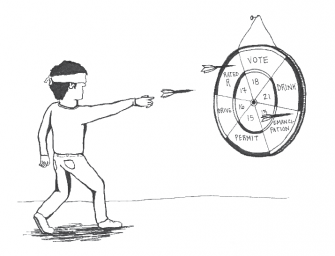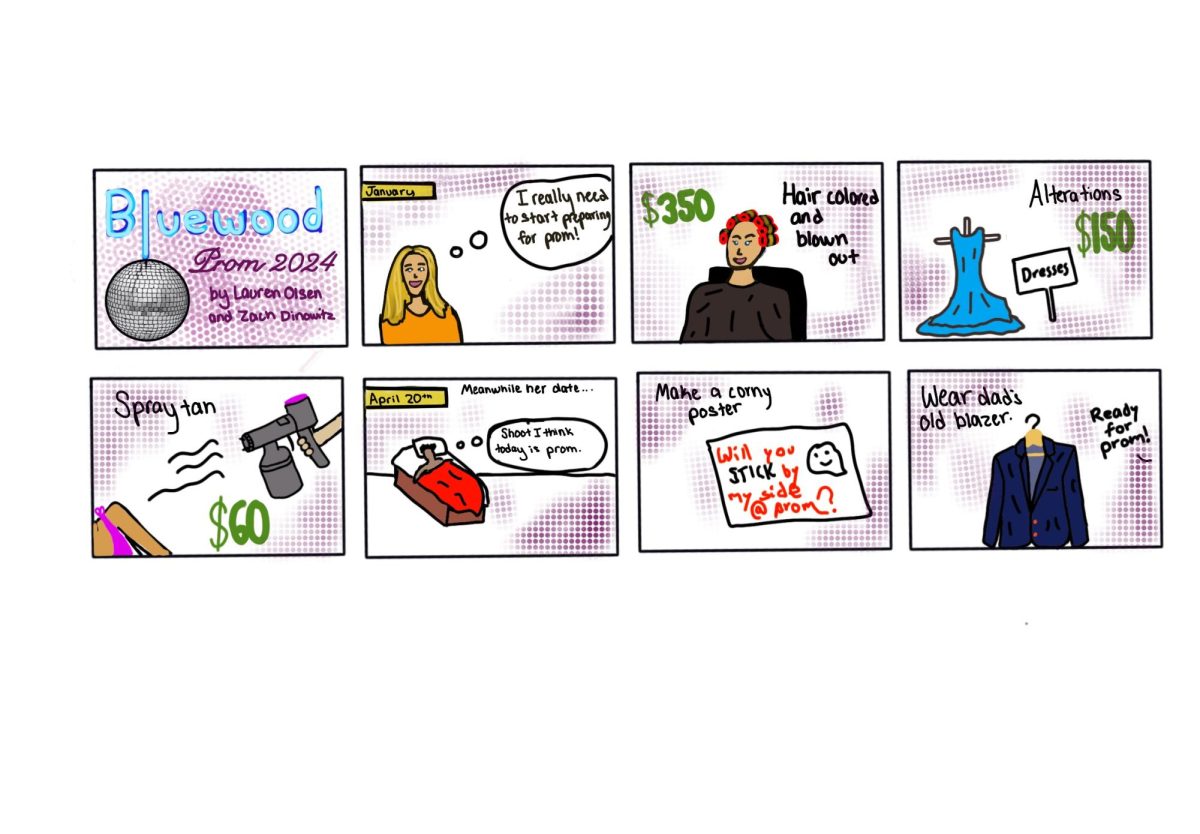Sixteen to drive, 18 to vote, 21 to drink, 25 to rent a car. The U.S. has many laws dictating what can and cannot be done based on age.
Most of these laws operate based on the same simple logic.
At some point in life, one is a child – unable to make responsible decisions. Then, at some point, one becomes an adult, mature and cognizant enough to gain all of his or her rights.
Of course, the tricky part lies in deciding exactly where the line between adult and child should be drawn. The lack of clarity on this issue has led to the myriad of laws and conflicting regulations that exist today.
Some laws are based on specific historical events. The voting age is 18 because of the desire of Vietnam war-era college students to have political power. Thus in 1971, the 26th Amendment changed the voting age from 21 to 18.
According to the U.S. Department of Health and Human Services Department, 25 is the age at which the brain completely develops, yet a surprisingly few laws are based on this science. So what are age-related laws based on? For the most part: custom and tradition.
The current legal drinking age is based on the original voting age, which in turn is based on centuries-old English Common Law. The driving age of 16 is based on early child labor laws and the need for for rural 20th-century adolescents to operate farm machinery.
And then there are laws that vary so widely and are so confusing that I have to imagine legislators gave up on having any sort of reasonable basis for them.
Under California law, having sex with someone who is under 18 constitutes as felony statutory rape, unless the two people are within three years of age of each other, and one is not over 21 and the other is not under 16.
In Pennsylvania, it is legal to have sex with someone over 13, except if one person is over four years older than the other, in which case they’ll have to wait until they’re 16.
And this level of complexity is common. Several states have such complex laws they have actually created a system where there are different degrees of statutory rape.
While I understand the gravity of statutory rape, and the legal need to fight against it, it seems like lawmakers are just throwing numbers at wall and hoping something sticks.

And other laws just seem discriminatory, like the 2013 law that requires anyone who wants to drink on a party bus to have chaperone who is over 25 to check identification. So despite the fact that legal drinking age is 21, laws still prohibit 21-to-24-year-olds from drinking is some situations.
The conclusion that can be drawn from this mess of legislation is that no one has any idea at what age people are psychologically capable of being responsible for their actions.
This confusion is understandable. Naturally, there is no magical birthday upon which short-sighted teenagers turn into conscientious adults.
Luckily for everyone involved, a solution already exists. It’s called an age of majority.
In theory, the age of majority is the age at which someone can exercise all legal rights. Although, many states use the term age of majority to refer when a person turns 18, they don’t give citizens all of their rights at the age.
Age of majority laws should be changed so that all legal rights–drinking, driving, voting, buying porn, watching x-rated movies, enlisting in the army–are given at the same age.
There are a lot of ages for which the official line between childhood and adulthood could be placed. Eighteen would be a good age, because that is the time at which many people first live on their own. If we wanted to base a law purely on science, the age of majority would be 25.
By giving all rights at a single age, it would not only simplify the system but would allow teenagers to prepare for gaining all their rights at once, instead of the step-by-step maturation process that exists now.
It doesn’t really matter what age we choose, but we need to pick an age and stick to it. This current hodgepodge of laws only serves to confuse us and leads to a lack of trust in the law.
















